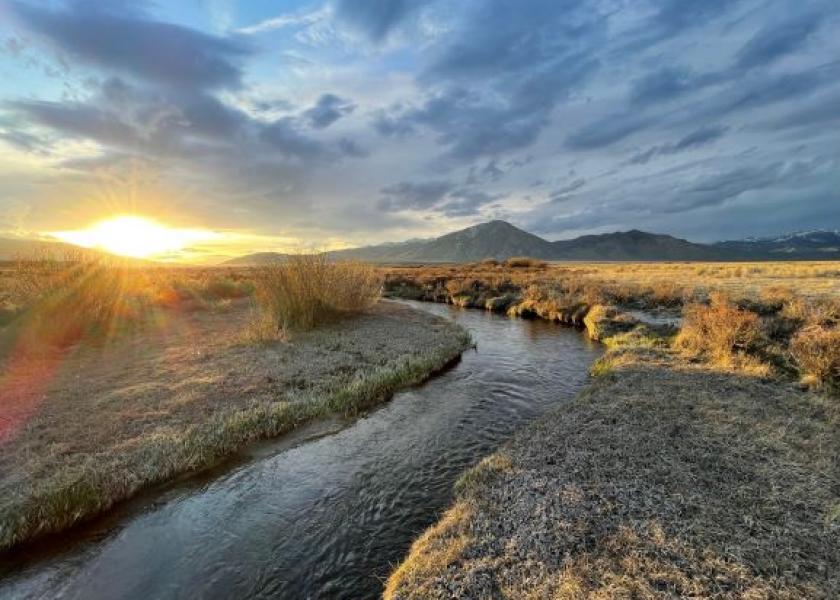U.S. Senate Works Overtime to Protect Sunshine

Even by Washington, D.C., standards this was among the busiest of weeks.
Inflation was a hot topic, with some Washington politicians considering a temporary suspension to the federal gasoline tax. The Federal Reserve, in an attempt to walk a tight-rope between inflation and recession – announced the first interest rate hike in more than three years, with more to come.
Oh, there’s also more than a little concern that Russia’s “special military operation” in Ukraine could become a broader conflict and ignite WWIII. Indeed, even as Vladimir Putin’s military has shown the world its stunning incompetence, America and its NATO allies remain wary. The four-week-old conflict brought about a rare address from a foreign leader to a joint session of Congress.
Volodymyr Zelenskyy spoke virtually to lawmakers on Wednesday, followed by a response from President Joe Biden announcing an $800 million aide package to Ukraine. Urgent stuff.
As busy as the week started, the Senate – known for its filibusters and octogenarian foot-draggers – hurriedly passed a bill to make daylight savings time permanent. They called it the “Sunshine Protection Act,” which I guess is a misnomer if ever there was one. If you didn’t know sunshine was in peril, well, we should be thankful the Senate has found a way to fix the problem.
But the surprising part is that the measure passed UNANIMOUSLY. On a voice vote!
As we know all too well, these guys don’t agree on much. And daylight savings time would not be one of those issues one would expect consensus. Maybe it was the fact the Senators were groggy after just losing an hour of sleep over the weekend, or maybe they figured the House of Representatives would have a more prolonged (reasoned?) debate. (The House, which has held a committee hearing on the matter, must still pass the bill before it can go to the President to sign.)
An AP-NORC poll of Americans in 2019 found 72% want to stop changing their clocks twice a year.
Only 28% want to continue changing their clocks. Among the rest of Americans, 40% prefer year-round standard time and 31% prefer year-round daylight saving time.
Among Americans age 45 and older 38% support staying in daylight saving time permanently, compared to just 22% of those under 45.
According to a poll by AgWeb/Drovers this week, roughly 60% of respondents want permanent daylight savings time. Which is interesting because I thought farmers and ranchers would much prefer standard time, and I remember the logic of one cowboy who told me, “you can’t cut the end off of a blanket and sew it onto the other end and make the blanket longer.”
America, however, has struggled with its clocks since 1918 when the first laws were passed mandating daylight saving – to save fuel, give shoppers extra light, etc. But by the end of World War II the system had become fractured. That led to Congress taking up the issue again in the early 1960s.
Naturally, “The Committee for Time Uniformity” was formed. Congressional hearings were held. Legislation proposed – bi-partisan we presume.
President Lyndon B. Johnson signed The Uniform Time Act of 1966 – designed “to promote the observance of a uniform system of time throughout the United States.” Except, well, some states refused to participate. Namely Arizona and Hawaii.
The permanent change to daylight savings time, however, has plenty of support. Since 2015, about 30 states have introduced legislation to end the twice-yearly changing of clocks, with some states proposing to do it only if neighboring states do the same. The bill would also allow Arizona and Hawaii to remain on standard time.
Nebraska lawmakers voted 39-4 to make it permanent if Congress approves and three neighboring states do, too. Wyoming passed a similar bill earlier this year, bringing to 19 the number of states now having such laws.
So now it’s up to the U.S. House of Representatives to ensure that sunshine is protected.








